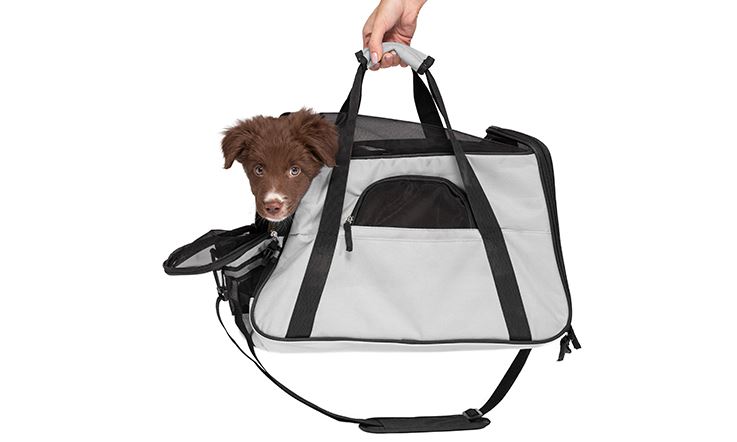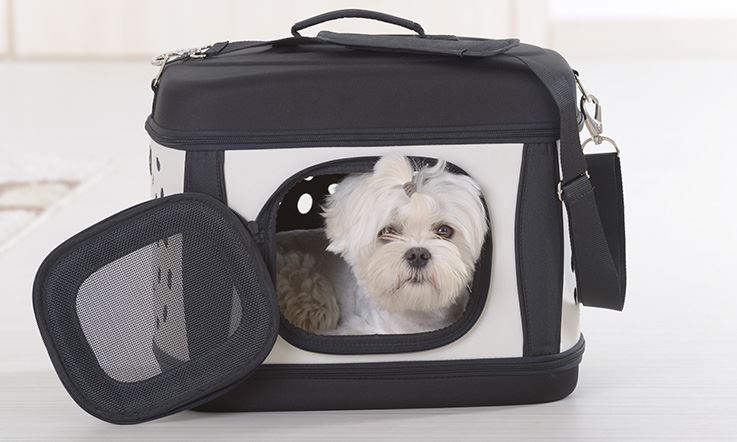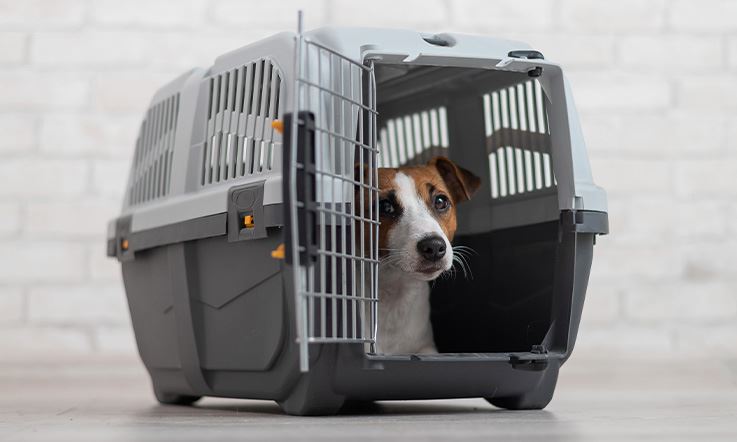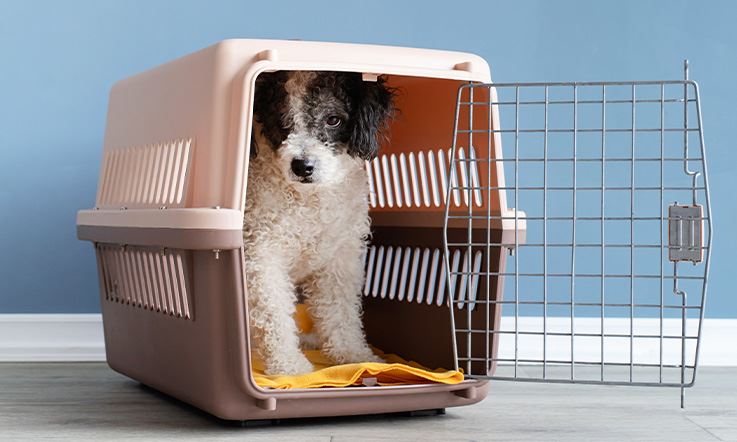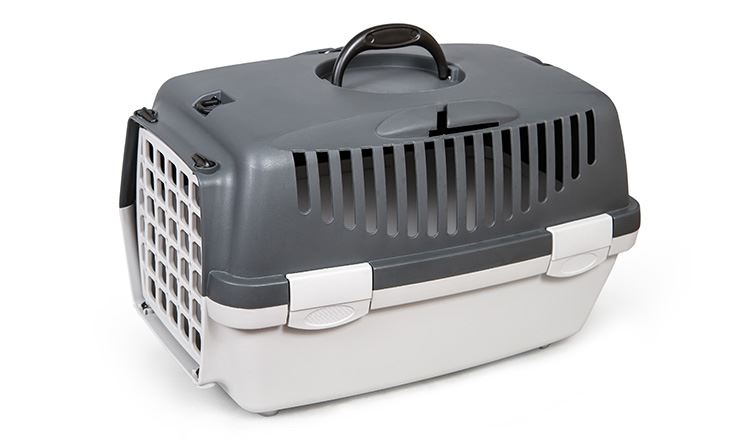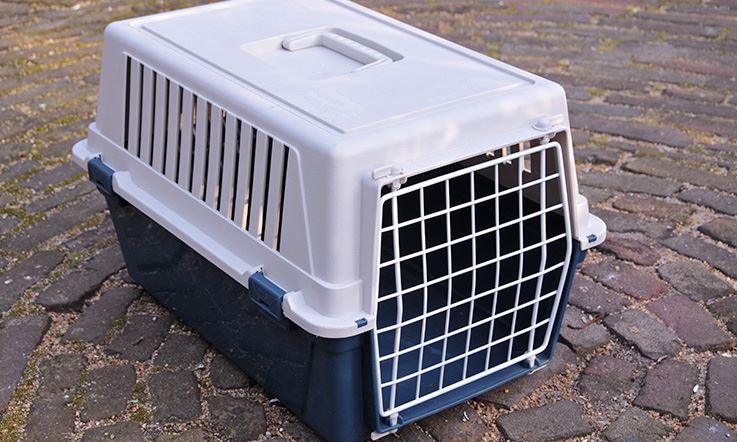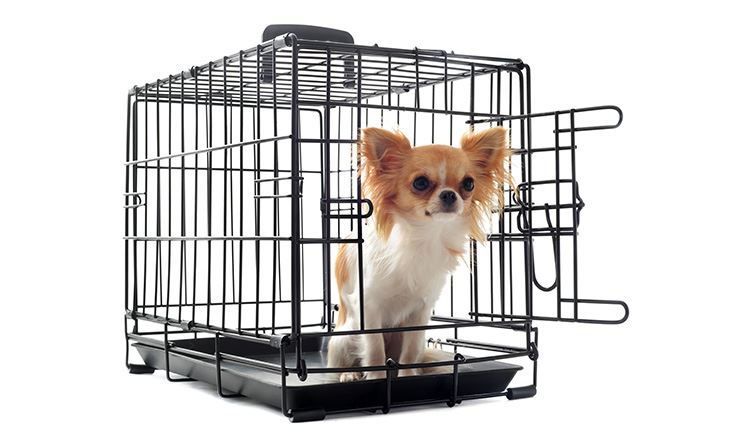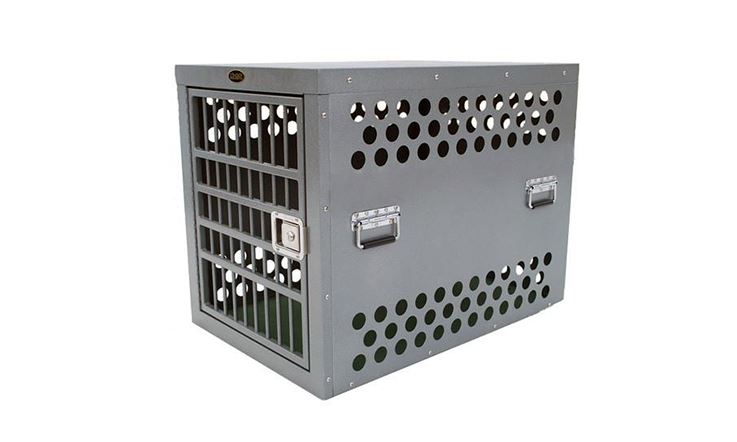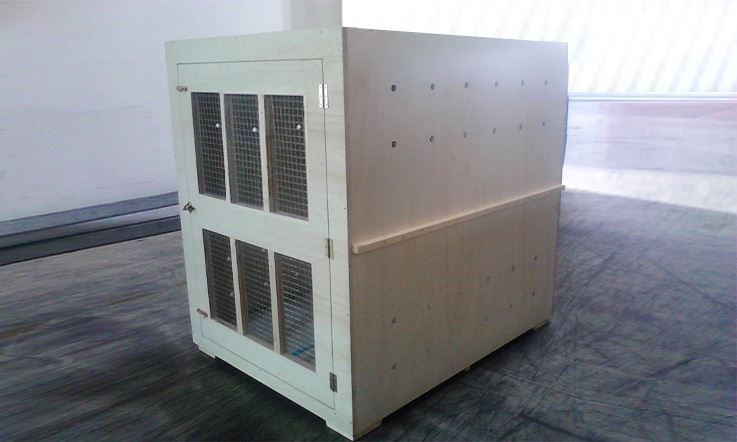Reserve a ticket for your pet
- to the space available on the aircraft.
- to the class you are flying in and the type of aircraft.
- to pets being allowed into the destination country.
- to the kind of animal and the total weight of the animal and the container.
- age of the animal — must be at least 12 weeks old (10 weeks in the case of trips to mainland Portugal, Azores, Madeira and Spain or when transported in the cabin).
For this reason, you must request this service when booking your trip or before your flight, preferably at least 48 hours before departure.
Please note that the information on this page applies to flights operated by TAP Air Portugal. If your flight has a connection with another airline, please contact us in order to check the possibility of transporting your pet with that company.
To find out if it is possible to book a ticket for your pet on your flight, where it will be carried and the price, you must provide the following information when requesting this service:

Each passenger can transport, cumulatively in the cabin and in the hold, up to a maximum of five pets1, always subject to availability.

Tell us the kind of container your pet will be in and its length, width, and height.
Only malleable containers are accepted in the cabin. If you have a rigid container, the animal has to travel in the hold.

If the total weight is no more than 8kg, it can be carried in the cabin. Animals + containers over that weight are carried in the hold.
2Andorra, Switzerland, Faroe Islands, Gibraltar, Greenland, Iceland, Liechtenstein, Monaco, Norway, San Marino, and the Vatican City State.
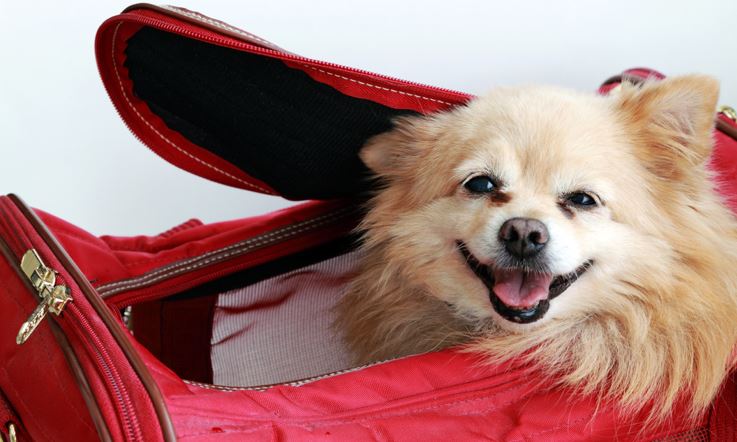
You must comply with all health requirements and submit all mandatory documentation, which may vary depending on the flight's origin and destination, in addition to ensuring all mandatory travel conditions, which depend on where the pet is traveling. To avoid last-minute surprises, check the documentation and conditions applying to your pet and type of flight:
- Mandatory requirements and documents for flights between Mainland Portugal and the Autonomous Regions of the Azores and Madeira.
- Mandatory requirements and documents for flights between EU member states.
- Mandatory requirements and documents for flights outside EU member states.
- Mandatory requirements for carrying animals in the cabin.
- Mandatory requirements for carrying animals up to 45 kg in the hold.
- Mandatory requirements for carrying animals of potentially dangerous breeds in the hold.
Cabin or hold? See where your pet will travel
Transportation of pets in the cabin

Carrying pets in the cabin is subject to the species, size, and weight of the animal to be carried, as well as the availability of space on the aircraft and the acceptance of entry into the country of destination. If the journey involves more than one airline, confirmation of transport from all the companies involved is required.
Maximum weight total (animal + container): 8kg / 17lbSize of the space for the container: 45x30x23cm
Cost of transporting animals in the cabin
| Type of route | Booking channel1 | Price |
| Domestic Flights (Portugal) |
Online |
40 EUR / 48 USD / 61 CAD 8.000 miles |
| Other |
45 EUR / 58 USD / 72 CAD 9.000 miles |
|
| Europe, Morocco, Tunisia and flights between Accra and São Tomé |
Online |
70 EUR / 88 USD / 111 CAD 14.000 miles |
| Other |
75 EUR / 95 USD / 114 CAD 15.000 miles |
|
| Intercontinental Flights | Online |
150 EUR / 185 USD / 235 CAD 30.000 miles |
| Other |
160 EUR / 199 USD / 239 CAD 32.000 miles |
1Online: Through flyTAP and trips agencies (online or desk).
Other: You can book this service at a local counter (city or airport) or via our Contact Center, for instance.
The prices shown above are per flight and are charged in the local currency according to the exchange rate in force.
These services are non-refundable.
You can check the price of transporting animals in the cabin applicable to your trip during the booking process and afterwards in Manage your Booking on Flytap. Prices may vary depending on the channel you purchase from, how far in advance you purchase, the date of the trip, the origin and destination, and the type of extra service.
Transportation of pets in the hold

- up to 32kg / 70lb on flights to, from or via the USA, Hungary, France and the Netherlands.
- up to 45kg / 99lb to other destinations.
The transport of dogs and cats of superior weight is already considered cargo transport and will have to be done through TAP Air Cargo. The carriage of pets in the hold depends on the breed and the animal’s weight as well as the available space and acceptance into the destination country.
Total maximum weight (animal + container): 32kg / 70lb or 45kg / 99lb (depending on destination).
Costs of hold transportation
| Type of route | Price up to 32kg / 70lb | Price from 32kg (70lb) to 45kg (99lb) |
| Domestic Flights (Portugal) | 80 EUR / 101 USD / 121 CAD | 130 EUR / 162 USD / 195 CAD |
| 16.000 miles | 26.000 miles | |
| Europe, Morocco, Tunisia, Israel and flights between Accra and São Tomé | 120 EUR / 149 USD / 188 CAD | 230 EUR / 282 USD / 358 CAD |
| 20.000 miles | 40.000 miles | |
| Intercontinental Flights | 230 EUR / 282 USD / 358 CAD | 300 EUR / 367 USD / 466 CAD |
| 40.000 miles | 60.000 miles |
These services are non-refundable.
Prices may vary depending on the channel you purchase from, how far in advance you purchase, the date of the trip, the origin and destination, and the type of extra service.
TAP Air Portugal do not defend the use tranquilizers or sedatives, because they lower bood pressure, especially at hight altitude, which can be fatal for animals when traveling in an aircraft cargo hold.
The costs associated with the transportation of animals as cargo are only valid for departures from Portugal. Other fees may apply for transport to other countries. Contact TAP Air Cargo for further details.
Carriage of pets on flights with a stopover
- Depending on the itinerary and the combined total weight (animal + transport bag), the animal may have to fly part of the route in the cabin and another part in the hold - this is the case for flights between the United States and Europe (for example, New York - Lisbon - Madrid).
- Whenever the conditions for the transportation of the animal are not the same for the whole route - that is, if part of the trip is in the cabin and another in the basement - the 3 hours required on the intermediate scale should be guaranteed, in order to ensure that every fundamental process and diligence are fulfilled.
- If the animal travels in the cabin and moves to the hold on the second route, you must provide the transport box for the animal at the point of origin.
1 - Flights departing or transferring in London Gatwick: it is not possible to transport your pet as cabin or checked baggage.
To transport your pet, you can use the TAP Air Cargo service; to do so, please contact the cargo department in advance.
2 - Flights to the United Kingdom: it is not possible to transport your pet in the cabin or in the hold as baggage, be it on direct flights or in transfer.
3 - Flights to Dublin: Pets coming from third countries (outside the European Union) may only arrive in Dublin between 07:00 and 21:00 and must be notified of arrival.
4 - Dog Import Permits to the US — RestrictionsAs determined by the Centers for Disease Control and Prevention (CDC), as of August 1st, 2024, the transport of dogs to the United States of America is subject to compliance with new regulations due to the risk of transmission of rabies (https://www.cdc.gov/importation/dogs/).
These rules apply to all pet dogs (transported in the cabin and in the aircraft's hold) and to assistance dogs, which must meet the following requirements:
- Be more than 6 months old;
- Have a microchip;
- Travel with a CDC Dog Import Form (Dog Import Form Receipt).
- You can consult the instructions for filling out the form here.
Dogs with rabies vaccination administered outside the United States of America and coming from high-risk countries, the list of which can be found here, must only enter via airports approved by the CDC, which can be found here.
Note: On the day of travel, you must go to the Check-in desk as early as possible to validate your documentation. See Check-in opening times here.
5 - Transport regulations for dogs with ear cropping
Since September 1, 2023, dogs with their ears cropped or removed in their entirety without diagnosis, treatment of injuries, illnesses or infections are prohibited in Ireland.
To be able to transport the pet, it is necessary to have a certificate, issued by a local veterinarian, stating that the dog's ears were removed for a specific veterinary purpose. The license request must be made electronically at least 5 days before the trip.
You can find all the information on the following pages: ear-cropping of dogs regulations 2023 and import guide.


According to the law, a pet is any animal owned by a human being who cohabits with it for its company and entertainment, and which is not covered by any legislation prohibiting its detention. Due to the scope of this concept, TAP reserves the right to refuse the transport of pets whenever it considers that the necessary conditions for their transport in the cabin or in the hold are not met.
This information only concerns the non-commercial movements of pets. If you need information regarding the import and export of animals, you should contact the respective embassies or consulates.
The information on this page applies to flights operated by TAP Air Portugal. If your flight has a connection with another airline, please contact us in order to verify the possibility of transporting your pet with that airline.

